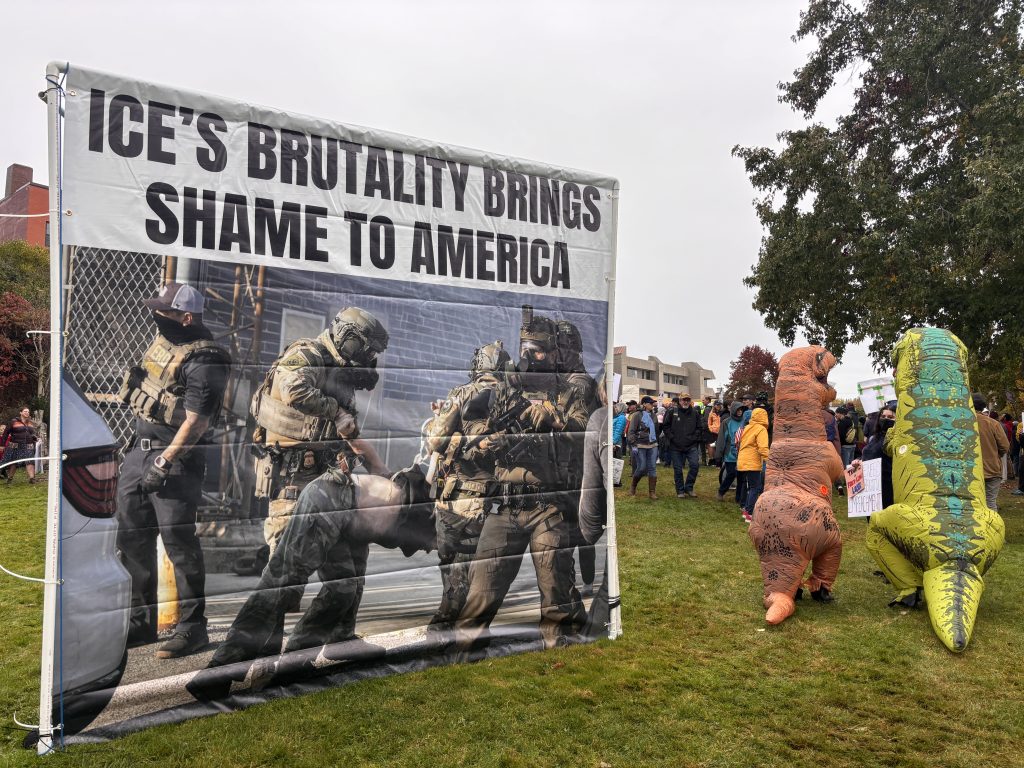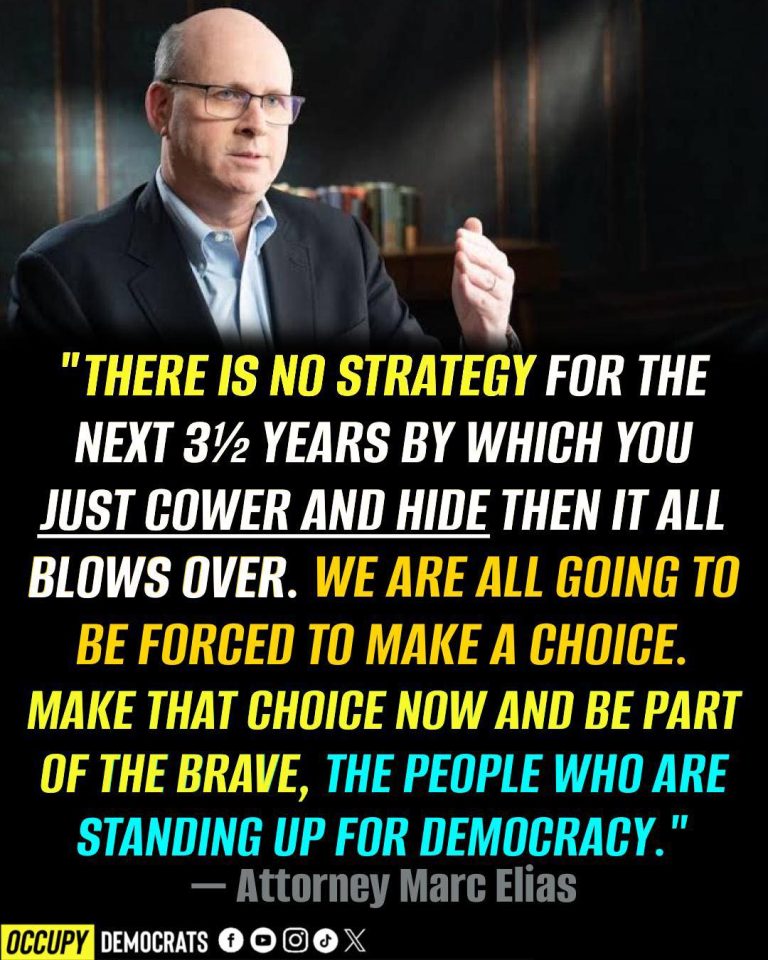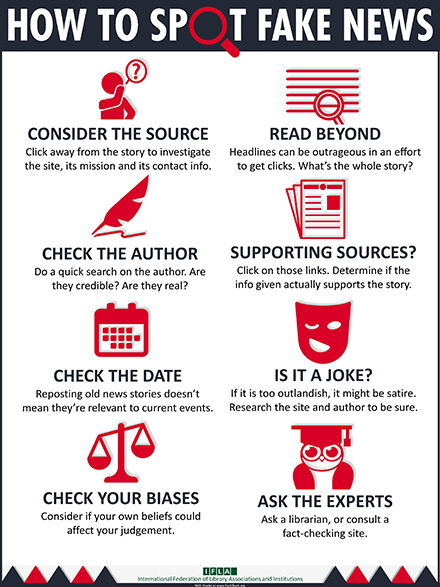Record ICE
Learn how to record ICE abductions before you encounter one. What are your legal rights? What should you focus on? What should you do with the video afterwards?
Read on for tips on how to film, what to film, and what to do next. [YELLOW ACTION]

How to do it:
Can you film ICE? (Yes!)
You have a first amendment right to film ICE in public spaces, from public spaces. You cannot interfere with ICE’s actions, including through being “in the way.” If ICE asks you to move, you must comply, but they cannot legally prevent your filming. If you are filming, focus on that: don’t also try to stop them, yell at them, etc. Your goal is a clear document of what happened.
ICE breaks the law and targets people legally documenting their actions so this is a yellow action.
Prep your phone:
You don’t know when you’ll encounter an ICE detention, and you won’t have time to clean up your phone when you do. Take these steps now, even if you can’t imagine you’ll ever need them:
- use a strong passcode (NOT fingerprint/facial ID) to unlock your phone
- learn to take photos and video without unlocking your phone
- back up data in case of damage or loss
- enable strong encryption
Read through the Electronic Frontier Foundation’s guide to prepping your phone for protest for detailed instructions for iPhone and Android. (Some steps will not apply.)
What should I film?
Our first goal is to document ICE actions. Try to get one continuous video from the beginning of the event until it ends. This prevents claims that context is missing. If you are told to move, that’s okay. Film yourself complying then go back to the detention.
- Badges & uniforms (or lack of ID)
- Vehicle plates & equipment
- Street signs & landmarks
- Time, date, number of agents (state aloud)
- Clear audio of what ICE says or yells
Whether you should film the person being detained is controversial. Remember that this is a devastating event in someone’s life, and they may also have reasons to guard their identity. Powerful videos have included the pain and fear of the detained, but those videos should only be released with family and legal approval. Here are some guidelines:
- Do shout “Do you want me to call someone? What is the number?” (You don’t need the target’s name, because their contact will know who they are from the video.) Learn this phrase in Spanish too, if you can.
- Contact local immigration groups and tell them where and when you recorded the abduction. Tell them you have video.
- Take whatever video you can—family and lawyers will need the details.
- Do not post publicly without family approval.
- If you capture something you believe the public needs to see (e.g. an ICE officer pointing his gun at bystanders) share only the relevant portion and redact/blur all identifying information.
Remember, we’re not chasing a viral moment, we’re fighting for people’s lives.
A word on still photography: documenting ICE with video is more useful to identifying and recovering detained people. Effective photo-journalism is a career and an art form, but if you have those skills and someone is already video-taping the detention, focus on images you can use without identifying the person being detained. While you have the legal right to use images from public spaces, morally the target’s needs must come first. Do not use images of the victim’s face without permission.




